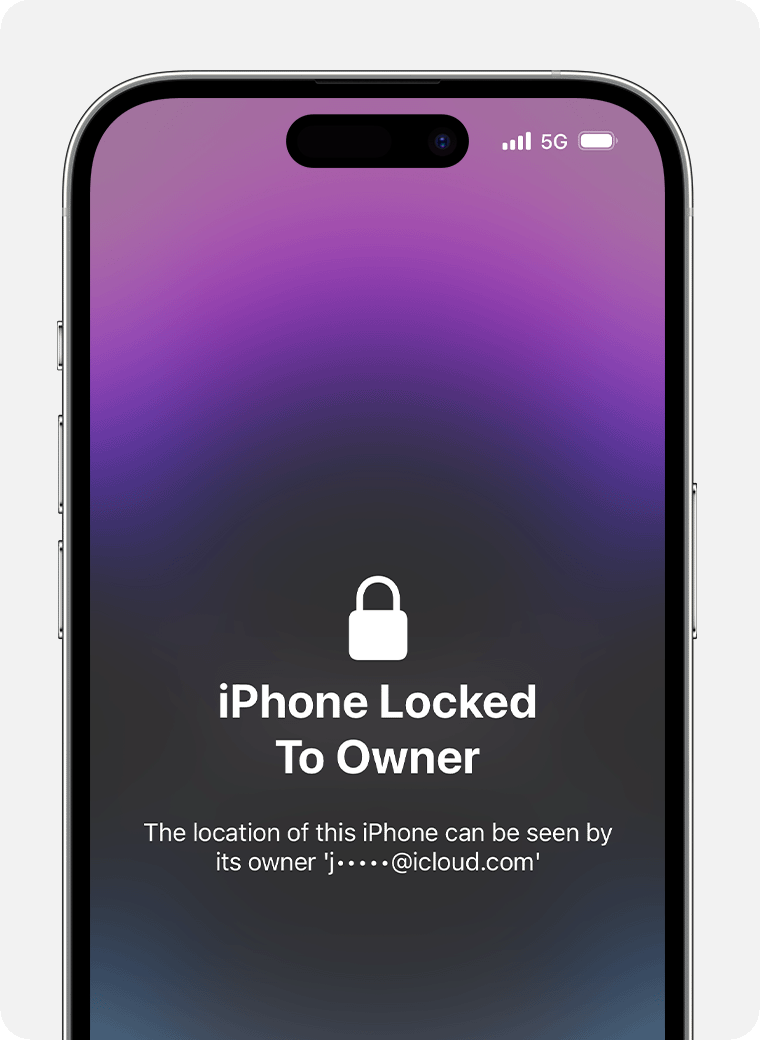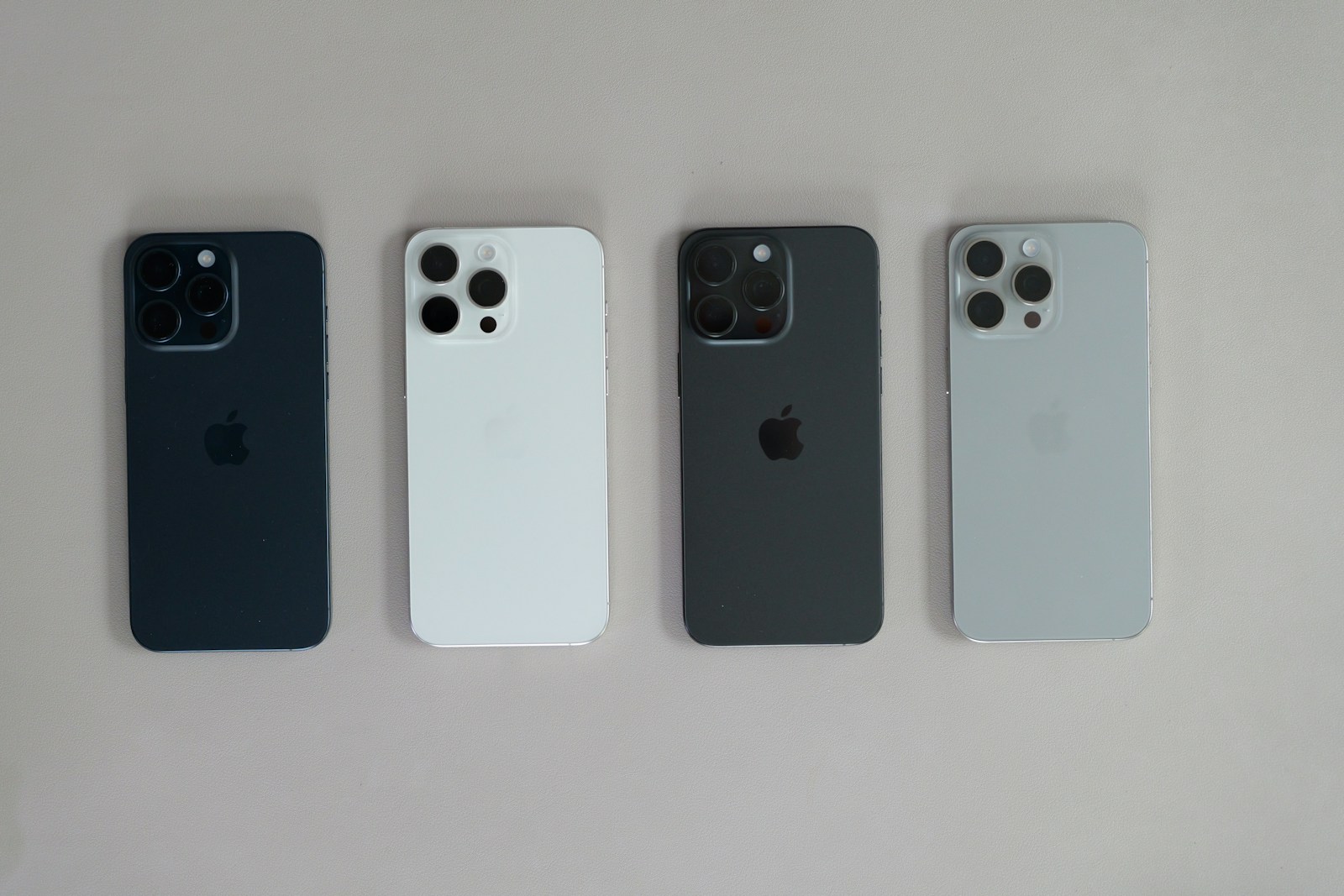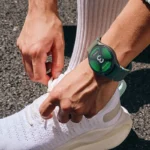Apple has taken a bold step forward in device security with its latest part-level Activation Lock introduced in iOS 18. This upgraded feature doesn’t just lock the entire iPhone—it now ties critical components like the display, battery, camera, and potentially even Face ID and Touch ID sensors directly to the owner’s Apple ID.
The result? Stolen parts become essentially worthless, crippling the underground market for iPhone components and delivering a powerful blow to theft rings.
For example, if a battery that has been reported lost or stolen is re-used the iPhone it is put in will display a “The battery is locked to the owner” message on the unauthorized phone.
A Stronger Deterrent Against Theft

Historically, thieves could profit by stripping stolen iPhones for valuable parts and selling them on the black market. But Apple’s enhanced Activation Lock renders these components inoperable in other devices unless they’re properly authenticated. This discourages not just device theft but also the increasingly lucrative trade in stripped iPhone parts.
Apple’s goal is clear: eliminate the financial incentive behind iPhone theft. According to reports, the black market for smartphone parts has thrived on the resale of high-value components like OLED displays and camera modules. With this update, Apple effectively cuts off that revenue stream.
Here’s a table of common Activation Lock error messages that users may encounter when using activation-locked parts in iPhones:
| Error Message | Component Affected | Description |
|---|---|---|
| Battery Locked To Owner | Battery | The installed battery is linked to another Apple ID and cannot be used without proper authentication. |
| Unable to Verify Display | Display/Screen | The display is not recognized as a genuine or authorized part, leading to features like True Tone being disabled. |
| Camera Locked To Owner | Front/Rear Camera | The camera module is paired with another device, affecting camera functionality and Face ID. |
| Face ID Not Available | Face ID Module | The Face ID sensor is mismatched or locked, disabling facial recognition capabilities. |
| Touch ID Not Available | Touch ID/Home Button | The Touch ID sensor isn’t authenticated for the device, disabling fingerprint recognition. |
| Battery Health Reporting Disabled | Battery | While the battery functions, health metrics (like maximum capacity) are hidden or disabled. |
| Unable to Verify Genuine Apple Part | Any Component | A generic warning indicating that the installed part is not verified through Apple’s system. |
| Display Might Not Function Properly | Display/Screen | Warning that the non-authenticated display may have touchscreen or brightness issues. |
| Face ID Disabled Due to Security Issue | Face ID Module | A mismatch or unauthorized part detected, disabling Face ID entirely. |
| Camera Features Limited | Camera | Functions like Portrait Mode or Night Mode may be disabled due to an unauthorized camera module. |
| Unknown Part Detected | Any Third-Party Part | The system cannot identify the installed part, leading to potential errors or functionality loss. |
| LiDAR Not Calibrated | LiDAR Scanner (Pro Models) | A warning that the LiDAR scanner isn’t paired correctly, affecting AR capabilities and depth sensing. |
| Haptic Feedback Disabled | Taptic Engine | If replaced improperly, the Taptic Engine won’t deliver haptic feedback. |
| True Tone Disabled | Display/Screen | A non-paired display causes Apple’s color calibration (True Tone) to be deactivated. |
| Battery Service Recommended | Battery | A warning appears even if the battery is new, due to lack of proper authentication. |
These error messages not only affect functionality but often serve as a deterrent against unauthorized repairs and third-party component swaps.
The Impact on the Repair Industry—and Right to Repair Advocates
While the enhanced security is a win against theft, it’s also sparked a heated debate within the Right to Repair movement. Critics argue that part-level locking restricts third-party and DIY repairs, forcing users to rely on Apple-authorized repair centers. Even genuine Apple parts swapped between identical devices can trigger security blocks if they aren’t authenticated through Apple’s system.
This approach has drawn parallels to “parts pairing,” a practice that’s been slowly creeping into Apple devices over the years. Parts pairing requires specific components to be digitally “matched” to a device. Without proper pairing, even functional parts may fail to work correctly—sometimes disabling critical features like True Tone display calibration or Face ID entirely.
Right to Repair advocates argue that this limits consumer choice and inflates repair costs. In fact, organizations like the U.S. Public Interest Research Group (PIRG) have previously criticized Apple for using security as a pretext to create repair monopolies. Their concern? That Apple’s moves hinder small repair shops and DIY users, undermining the broader push for more accessible repairs.
Apple’s Self-Repair Program: A Partial Solution?
To balance the scales, Apple points to its Self-Service Repair program, which allows users and independent repair shops to access official tools, parts, and manuals. The idea is to make authorized repairs more accessible while maintaining security.
However, the self-repair program still requires users to verify parts through Apple’s system, meaning even DIY repairs must follow Apple’s strict guidelines. This raises the question: Is Apple genuinely empowering users, or simply controlling the repair ecosystem?
The Bigger Picture: Security vs. Consumer Freedom
Apple’s part-level Activation Lock is undeniably effective at reducing theft and disrupting black-market sales. But it also tightens Apple’s control over its ecosystem, leaving users with fewer options for affordable or independent repairs.
This move comes amid growing legislative pressure for Right to Repair laws. States like California and New York have already passed such legislation, pushing for more transparency and accessibility in electronics repair. Critics argue that Apple’s latest measures sidestep the spirit of these laws by introducing technical hurdles that only Apple can navigate.
Is This the Future of Electronics Repair?
Apple’s part-level Activation Lock sets a precedent that other tech giants may soon follow. It’s a textbook example of the delicate balance between security and consumer freedom. While users gain stronger protection against theft, they may also lose the flexibility to choose how and where their devices are repaired.
For now, one thing is clear: Apple’s ecosystem is more locked down than ever—both literally and figuratively. Whether that’s a win or a loss for consumers depends largely on where you stand in the ongoing battle between corporate control and user rights.
Key Takeaways
- Apple’s iOS 18 locks individual iPhone components to user Apple IDs
- The security system allows legitimate repairs while blocking stolen parts
- Component-level protection eliminates the black market value of stolen iPhones
Understanding Apple’s Part-Level Activation Lock
Apple’s new security system in iOS 18 links individual iPhone components to the owner’s Apple ID, creating a robust anti-theft mechanism that protects both devices and their parts.
Concept and Functionality
The expanded Activation Lock feature now secures key iPhone components including displays, batteries, and cameras by connecting them directly to the user’s Apple ID.
Each component receives a unique identifier tied to the owner’s account. When parts are replaced, iOS 18 verifies their legitimacy through this authentication system.
iOS 18’s security update makes unauthorized parts non-functional, even if installed in another device. This applies to both third-party repairs and attempts to use stolen components.
Impact on iPhone Thefts
The new system deters thieves by making stolen parts worthless in the secondary market. Criminals can no longer profit from dismantling stolen iPhones.
This protection extends to Apple’s self-repair program, ensuring only genuine parts work properly when replaced. Users maintain full control through their Apple ID authentication.
Repair shops must now verify component authenticity and ownership before performing repairs, creating an additional layer of security against the use of stolen parts.
The Mechanism Behind Activation Lock
Apple’s expanded Activation Lock system creates a secure bond between iPhone components and user Apple IDs through sophisticated cryptographic protocols and hardware verification systems. iOS 18’s new security feature extends protection to individual parts like displays, batteries, and cameras.
Encryption and Security Protocols
Each major iPhone component receives a unique digital signature tied to the owner’s Apple ID. This signature uses advanced encryption that makes unauthorized part swaps virtually impossible.
When replacement parts are installed, the iPhone validates these signatures through secure authentication channels. The process involves multiple verification steps to confirm the part’s legitimacy.
Parts must pass both hardware and software verification before functioning. The system checks for Apple’s cryptographic certificates and matches them against the device owner’s credentials.
Challenges for Unauthorized Use
Stolen iPhone parts become useless since they cannot function without proper authorization. The system blocks installation attempts of parts from other iPhones.
Repair shops must verify owner identity and get explicit authorization before replacing components. This creates a strong deterrent against using parts from stolen devices.
Non-genuine parts trigger clear warnings in iOS settings. Users receive notifications about unverified components, helping them identify unauthorized modifications.
Hardware-Software Integration
The security system embeds verification protocols directly into the iPhone’s hardware components. Each part contains secure elements that communicate with the device’s main security chip.
The latest iOS updates strengthen these connections through enhanced firmware checks. The system performs continuous validation to ensure parts remain genuine throughout the device’s lifetime.
Real-time monitoring tracks component status and alerts users to any security anomalies. This creates multiple layers of protection against unauthorized modifications.







